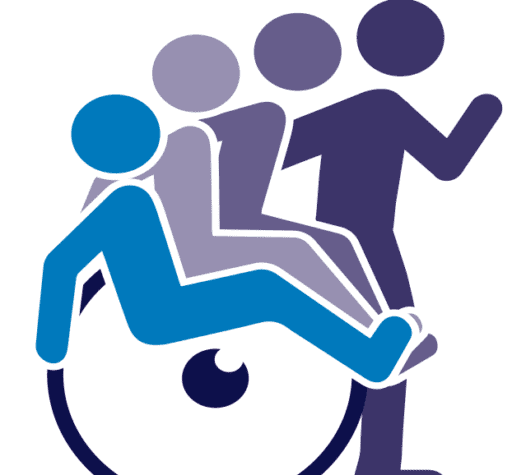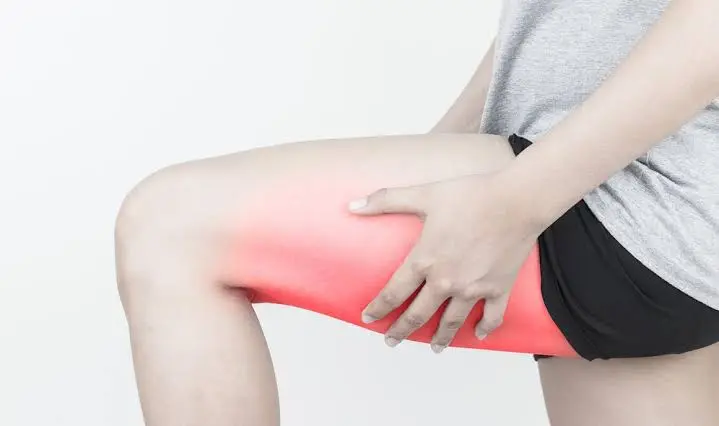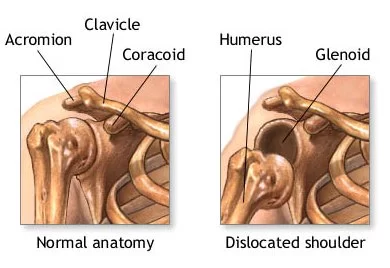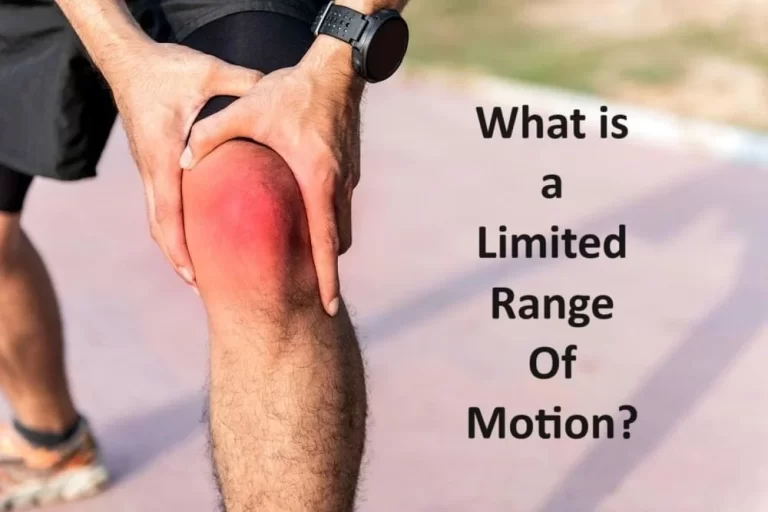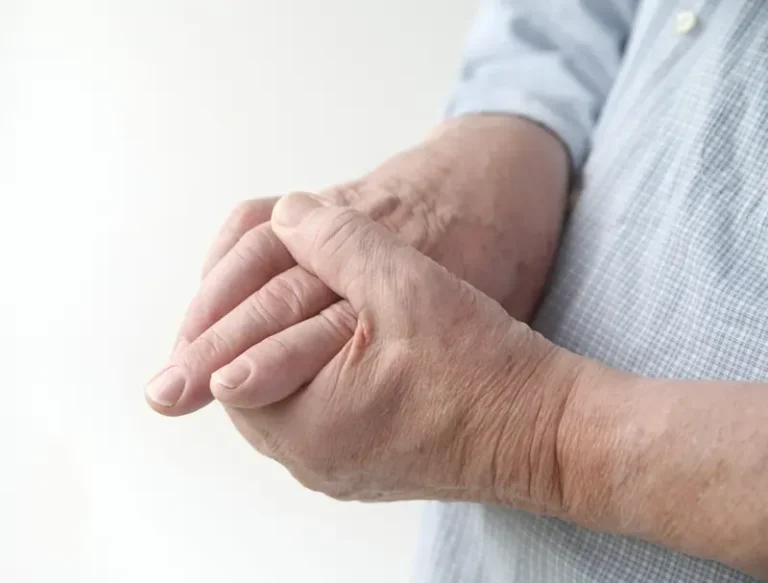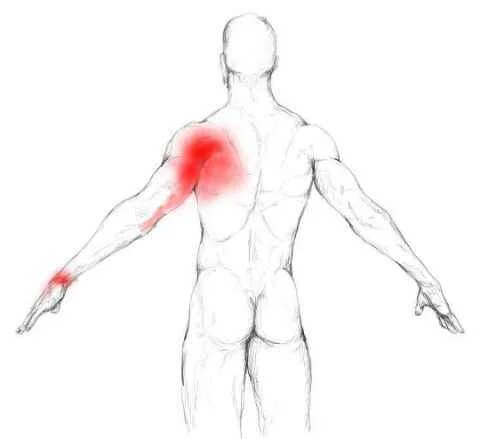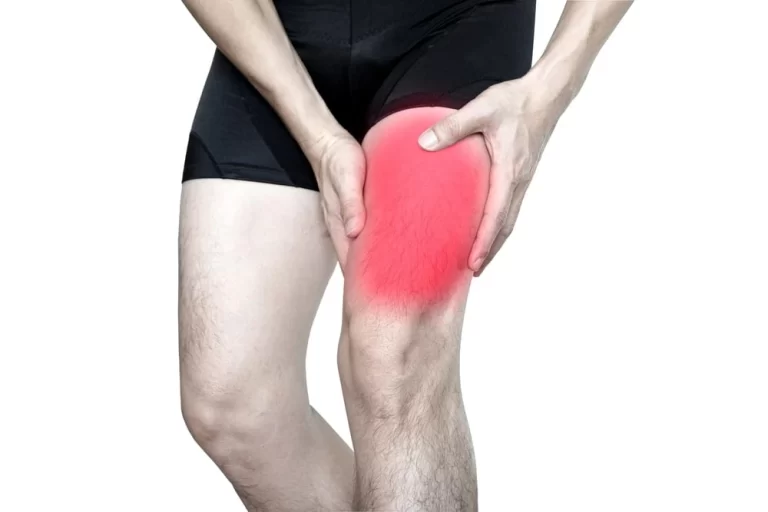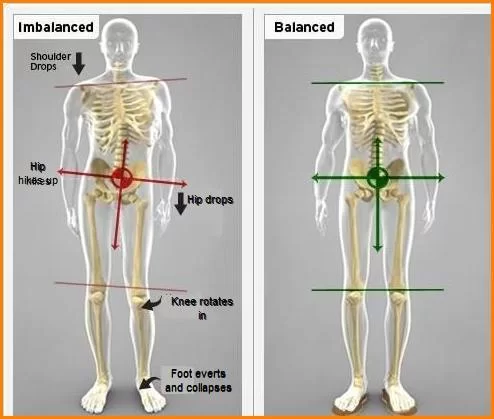Hamstring Muscle Pain
Overview Hamstring muscle pain, often felt as a sharp or persistent ache along the back of the thigh is a common issue for both athletes and the general population. This discomfort arises from strain or injury to the hamstring muscles, which are a group of three muscles running along the back of the thigh that…
